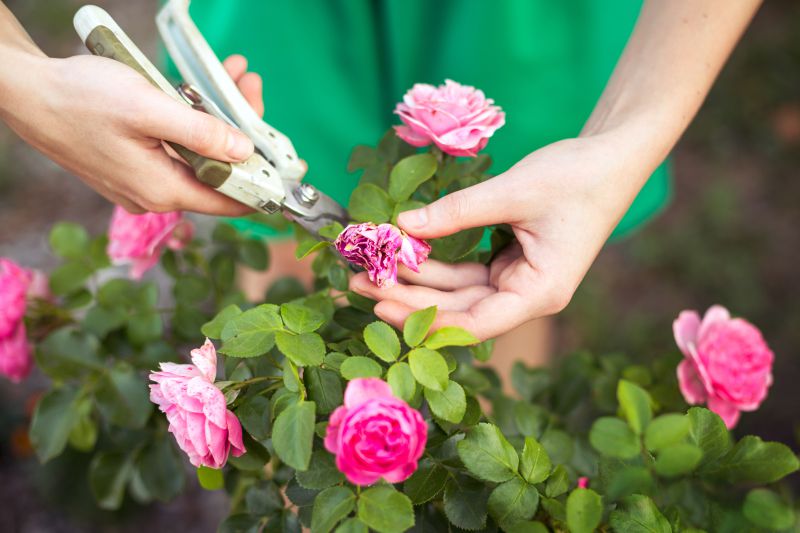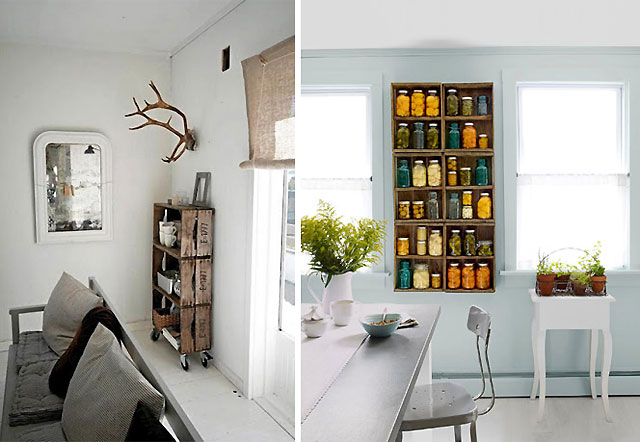Learning to grow any food is therapeutic and promotes self-reliance in your own life. For example, you can grow grapes, which, apart from being exciting, is easy, since you can do it in containers or pots. It is not very complicated and requires light care and maintenance. Take a look below at the following tips and advice to start your own grape growing in your house or apartment.
How to grow grapes to grow in pots?
Before starting to undertake this beautiful and noble task of growing grapes, you must take into account several important things to prepare yourself and that your step by step towards the grape harvest is practical. That will make your job easier and don’t stop along the way.
For example, you must choose what variety of grape you want to grow, the appropriate pots, the favorite land to plant and the necessary tools, among other things.
The choice of the pot.
For growing grapes in containers, choose a large, sturdy container that can support this vigorous vine. A 15–20-gallon (56-75 liter) pot that is at least 16-18 inches (40-45 cm) deep and 45-60 cm. (18-24 inches) wide is sufficient.
Start with a smaller pot and then transplant the plant into a larger one.
The choice of varieties.
The best option is to go to a garden center and ask for a variety that can grow well in pots and in your climate. There are many varieties of vine that you can choose from. Choosing a variety that is resistant to disease and can grow well in your area is the most essential.
However, you can grow almost any variety in the pot, but growing ‘Pixie’ dwarf grape may be easier for you.
The best time to grow grapes is spring or early summer, planting at this time helps the plant grow throughout the season without exposure to frost. But if you live in a hot, frost-free tropical climate, the best time to plant your grape vine is in the winter.
Requirements for growing potted grapes.
Position.
Choose a location that is sunny, warm, and dry. If your spot gets shade in an afternoon, the plant will still do fine, but a minimum of 6 hours of sunlight is required.
Avoid keeping the plant in damp, shady spots and less windy or without air circulation, since it promotes fungal diseases and the vine requires good air circulation around it.
Support and training.
A vine needs training and support to grow. When growing grapes in a pot, it is best to opt for a high, lightweight trellis made of wood or plastic. You can also make a trellis yourself. A grape vine grows long and requires support, and it will be much better if you have a gazebo or pergola as a structure. In addition to that, there are many other techniques for entangling the grape vine. Tangle the vine onto a stake or something like a vented trellis. You can also support the vine on a stake with the help of the umbrella method. Growing vines in pots using the standard vine-forming method on a regular trellis is an easy and hassle-free idea too.
Floor.
To grow grapes, don’t use heavy garden soil when growing grapes in containers. Instead, use a light potting mix that is loose, rich in organic matter, and most importantly, drains well.
Irrigation.
Water regularly and deeply to keep the soil a little damp, but avoid overwatering. Too soggy soil can be detrimental to the plant.
Fertilization.
Periodically set aside mature manure or compost. In the first year, the plant can be fertilized with a general-purpose fertilizer in the spring and summer. Starting next year, start fertilizing the plant with the fertilizer that is low in nitrogen, but high in potassium and phosphorus from spring, when flower buds appear.
Grapes that grow in tropical areas.
Grapes are really temperate fruits, but the best thing about them is that they can be grown in temperate and tropical regions. Temperate climates without harsh summers or humidity are optimal for growing vines.
However, two tropical countries, India and Brazil, are one of the largest grape producers in the world. Other tropical countries such as Yemen, Thailand, Peru and Tanzania also produce grapes, but to a lesser extent.
This means that if you live in a tropical climate you can still grow vines. All you need to do is find a suitable variety that will grow successfully in your area.
Even in tropical areas, areas with very high humidity or heavy rainfall are the least suitable for growing grapes and if you are living in an unfavorable climate in this way, your plant will suffer from fungal diseases regularly and you will have to take more care of it.
In addition to this, there is the possibility that the fruits that are given are of lower quality and mild flavor.
Pot life care.
Caring for a vine is not that difficult if you follow the advice given below.
Pollination.
When growing grapes in pots, you should know that most grape varieties are self-fertile and produce fruit on their own. However, gently shaking the plant at the time of flowering results in better performance.
Mulch.
A vine requires mulch when growing in the ground. You can also mulch the pot with pine bark, compost, or river rocks or pebbles (this way they look great too) to prevent excessive evaporation of water from the soil and to protect the roots from temperature fluctuations.
Wintering.
In climates with harsh winters, you have to protect the plant. To do this, you will have to remove the dormant vine from its support and start keeping it indoors in a warm space. Also, reduce watering and avoid applying any fertilizer during this period.
Pruning.
During the first few months after planting until the end of the growing season, you don’t prune the plant and allow it to grow freely to allow the plant to establish well in the pot and allow a strong root system to develop.
Vine branches that are more than two years old do not produce fruit so you will have to remove all old branches.
Prune the growth in late winter and early spring during dormancy so that there are only two shoots. The buds are small bumps on the trunk.
This heavy pruning may seem like too much to do, but in the spring and summer each of these shoots will grow into a new branch. Spend the first year of vine formation following your vine or stacking by pruning and tying.
Due to the limited space in the pot, try to keep only 1 or 2 branches that grow from the main trunk. Also, prune all runners crawling off the trellis.
The most important pruning will be the one that will take place at the end of winter, when the plant sheds its leaves, it is the one on which fruiting depends. You will have to do the summer pruning as well. Although it should be light and discreet.
Diseases and Pests.
In diseases, fungal diseases, such as blackhead and powdery mildew, are possible, especially in hot, dry weather. On pests, keep an eye out for common garden insects like aphids, Japanese beetles, moths, and caterpillars that can also be a problem.
Harvest.
Harvesting should be done when the plant is at least 2-3 years old. In general, grapes ripen anytime between the end of August and the end of October. It depends on the variety and type of climate that is growing them.
To find out if your grapes are ready for harvest or not, taste them. If they taste sweet and pleasant, harvest them. If not, then leave them for a few more days.
Once the grapes begin to change their color it usually takes between 1 to 3 weeks to be properly ripe (how long depends on the variety and how good the weather is.
For example, green grapes normally turn slightly translucent and their skins turn yellow once they are ripe. Ripe grapes also feel soft to the touch. In time, taste is all that matters. If you like the taste then harvest them.









